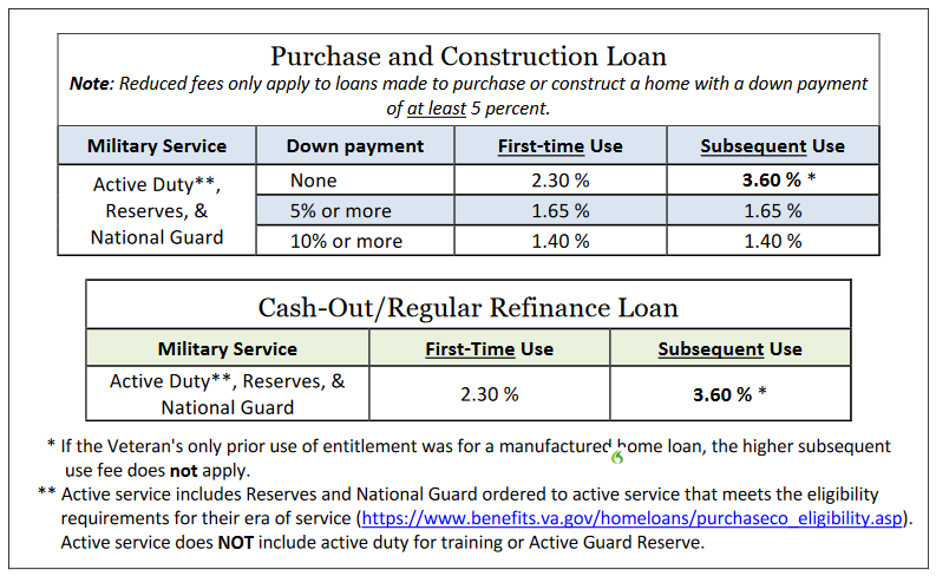Table of Content
Our experts continually monitor the health and wellness space, and we update our articles when new information becomes available.

A paper plate protects the skin by catching any dripping wax. It is essential to tilt the head so that the affected ear is pointing upward for several minutes. This will allow the fluid to drip down into the ear canal to reach the blockage. Earwax lowers the risk of infection and prevents the ear canal from feeling uncomfortable and itchy. It also helps to reduce the irritation that water causes when it enters the ear canal. Your doctor might also recommend a visit with an ear, nose, and throat specialist.
Staying Healthy
Dissolve 1/2 teaspoon of baking soda in 2 ounces of warm water. Also if you feel pain or discomfort at any time during any of these procedures, stop immediately and consult with your doctor. If the wax has formed a solid bit and got stuck, then there are drops that will dissolve it pretty easily. Depends on whether the earwax has hardened or not. Normally the wax is moved from the inner part, to the outer part where it flakes off.
When you have an ear infection, bacteria or viruses grow in your ear which can increase the pressure in your ear. Your body produces earwax to protect your eardrum from being damaged by the added pressure, and it will get rid of the extra earwax when you’re healthy again. But if your ear infection doesn’t go away or if you keep getting them, you may have too much earwax for your body to manage. But if your ears are bothering you, it’s a good idea to make a primary care appointment. Your doctor will be able to determine if your symptoms are caused by impacted earwax or something else, and what type of treatment you need. The procedure of syringing the ear is both safe and effective, but only soft ear wax should be removed.
Recent Blog Articles
But don’t worry, there are ways to clean your ears without Q-tips. But if wax isn't the issue, it's good that you sought medical attention. "You could have an ear infection, or be experiencing hearing loss," she says.
You’ll want to fill the syringe with warm water, place it near your ear opening, and carefully squeeze the bulb. The warm water will flood your ear and break up the wax. Turn your head to the side over a sink or bathtub to let the water flow out. Most OTC solutions contain 3% hydrogen peroxide, which is the generally recommended concentration for earwax removal. You may have seen at-home devices that say they’ll suction or vacuum out your earwax.
Aspirin and bone health: Is there a connection?
Randomized trial of irrigation and curetting for cerumen removal in young children. In a 2018 study of 206 college-aged students, the vast majority practiced ear-cleaning. Seventy-five percent said they believed the practice to be beneficial for their health.

As the earwax dries, it moves out of the canal naturally, taking debris with it. Yet sometimes earwax builds up on its own , or because of failed removal attempts with cotton swabs. Either your primary care provider or an ear, nose and throat specialist can check your ear and see if there's any wax gunking it up. Over-the-counter ear drops are the best way to remove earwax at home.
When you remove all your earwax, that can be a signal to your body to make more. Normal wet earwax is usually yellow, brown or orange. You likely know that earwax is the material that lines the inside of your ear canal.
“There is a limited number of ingredients I would consider safe for earwax removal or softening. This includes carbamide peroxide, baby oil, mineral oil, glycerin, hydrogen peroxide and warm water. I would not recommend any other substances for this purpose,” Mattingly said. He also notes that these drops and substances should only be used when dealing with an intact eardrum. You can place any of several substances into the ear canal to help soften hardened wax for easier removal.
Acute ear infections can be caused by anything, but they can be severe and only last a short time. If you have particularly troublesome symptoms or have had eardrops for more than three days, consult with your doctor. If you have blocked ears, your GP or a nurse may examine them for evidence of this, and you may be tested for hearing loss. If you are experiencing pain or discomfort in your ears, it is possible that you have a buildup of earwax.
This extra wax can build up over time, causing impacted earwax. It’s also possible that frequently using earbuds, a hearing aid or earplugs may prevent the earwax from coming out of your ears, leading to earwax blockages. The type of earwax you have is genetically determined by your biological parents and where your ancestors came from. South Asians, East Asians and Indigenous people are more likely to have dry earwax.
When too much earwax builds up, it can result in impacted earwax, something that usually requires treatment. Below, we cover what’s a normal amount of earwax, what it should look like, signs of impacted earwax and more. If one or both ears are covered with wax, it is necessary to use an ear bulb syringe.

PLUS, the latest news on medical advances and breakthroughs from Harvard Medical School experts. As a service to our readers, Harvard Health Publishing provides access to our library of archived content. Please note the date of last review or update on all articles. If you are experiencing serious medical symptoms, please see the National Library of Medicine’s listof signs you need emergency medical attention or call 911. Here are the best ways to remove earwax at home, what not to try and when you should see a professional . Earwax is a yellowish waxy material produced by the sebaceous gland in the ear canal.
But like most things in life, it’s all about balance — too much wax can block your ears and cause temporary hearing loss or infections. Factors that can affect your amount of earwax include previous ear surgery or trauma, recurrent ear infections, or wearinghearing aidsor deep earplugs. I had enough earwax built up that I couldn't even hear properly.




















